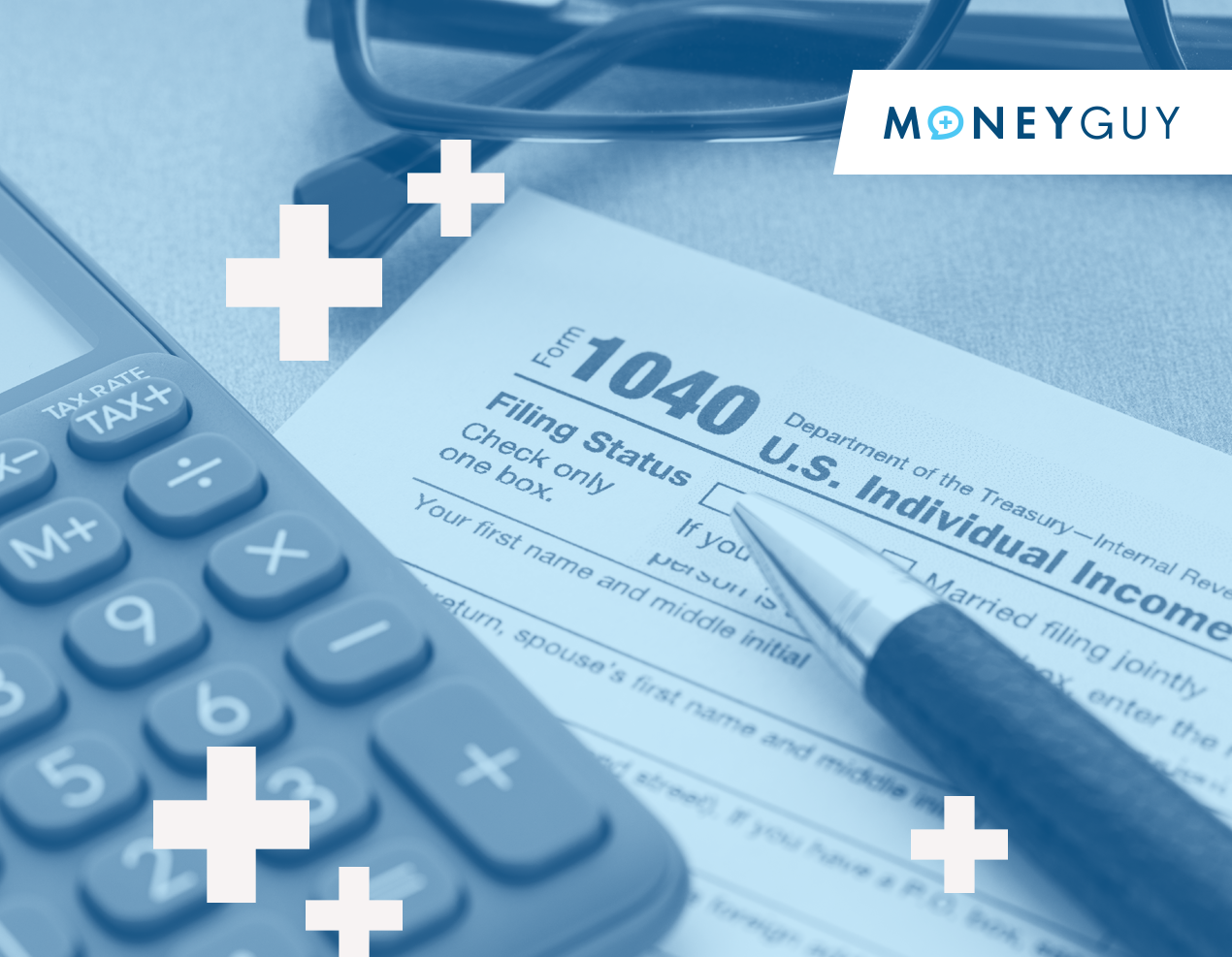
Despite the title, HSAs and FSAs aren’t really all that alarming. These accounts are really beneficial if you can take advantage, and the only challenge is in determining which accounts you’re eligible for (and if you qualify for both, determining which of the two makes the most sense for you).
HSAs are health savings accounts, and FSAs are flexible spending accounts. Both accounts help you manage healthcare costs and are often provided as part of company benefits packages.
Given that having an HSA or an FSA comes with big financial benefits, like reducing your taxable income while saving for medical expenses, understanding these accounts is worth your time and attention. Learn more about both — and who qualifies for each.
What’s an HSA and Who Qualifies?
A health savings account allows you to contribute pre-tax dollars toward medical expenses, now or in the future. You can invest your contributions and the money you earn on your investments is also tax-free. If you use the money in your account for qualified medical costs, that money is free from tax, too.
You’re the owner of your HSA, so even if you have health insurance through your employer, you keep the funds if your job situation changes. The one caveat to opening an HSA is that you need to be covered under a high-deductible health insurance plan (HDHP) to qualify.
The 2016 IRS definition of an HDHP is:
- A minimum deductible of $1,300 for individual coverage, or $2,600 for family coverage
- A maximum annual deductible of $6,550 for individual coverage, and $13,100 for family coverage
For more on which plans fall under the HDHP umbrella, check out the examples listed by the IRS.
You don’t necessarily need your employer to open an HSA for you if your health plan qualifies. You can go through a bank or a plan administrator like HSAsavings.com (this is a good way to go if you’re self-employed, too).
How Does an HSA Work?
The maximum you can contribute in 2016 is $3,350 for individuals and $6,750 for families. If you’re 55 or older, you can contribute an extra $1,000 to “catch up.” Note that once you hit 65, you can no longer make contributions.
When you open an HSA, you should receive a debit card or checkbook linked to your HSA so you can easily pay for qualified medical expenses from the account.
And when you pay for a medical expense out of your HSA, it’s not taxed. However, if you withdraw from the account for another reason and you’re under age 65, you’ll face a 20% tax penalty.
The great thing about HSAs is that your balance rolls over from year to year. It’s not a “use it or lose it” situation. There are also no minimum required distributions.
Why You Need to Max Out Your HSA
HSAs can help you manage your medical costs now — but they can also serve as powerful tools for retirement. Here’s how: if you can max out your HSA each year, and keep medical expenses low before retirement, you’ll have a pool of funds to pull from to pay medical bills once you do retire.
This is really powerful, since you’ll likely spend about $12,000 per year on medical costs in retirement. By allowing your HSA to grow over time, you can access that money tax-free and cover your future medical expenses with the balance.
What’s an FSA? How Is It Different from an HSA?
An FSA is a flexible spending account, and like an HSA, it helps you manage medical costs. But one big, important difference is that funds in your FSA do not roll over from year to year.
It’s a use it or lose it situation with your contribution. If you don’t use the savings in your FSA by the end of the year, that money is gone.
There are exceptions to the rule, but they’re up to your employer to enforce. Your company can choose to extend the deadline by a few months or allow you to roll over $500.
Also unlike HSAs, you don’t need an HDHP to qualify — but if your company doesn’t offer an FSA, you can’t open your own. FSAs function as company benefits, and there is no self-employment option for this account.
How Can You Contribute to an FSA?
You accumulate savings in your FSA by telling your employer how much money you’d like to contribute. The 2016 contribution limit is $2,550, and according to the IRS, this limit is adjusted for inflation and can change from year to year.
Contributions lower your taxable income and distributions used for qualifying medical expenses are tax-free. You’ll receive a debit card linked to your FSA which can be used for these purchases.
Unless you expect to have a lot of medical expenses, you’ll also have to manage your FSA contributions carefully. You don’t want to contribute more than you’ll use over the year
If you’re not eligible for an HSA and your employer offers an FSA, it doesn’t hurt to contribute and take advantage of those tax benefits. Just be aware you can’t contribute to both, so if you have the option, an HSA may be a financially smarter choice.
HSAs offer that triple tax advantage threat if you can leverage it the right way, so that’s a huge benefit. But there may be reasons to consider an FSA, too.
A financial professional can look at your overall picture and help you figure out what the best course of action is if either of these accounts is an option for you.














